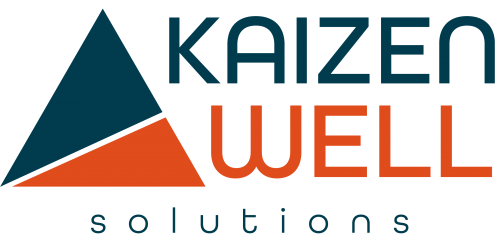The Role of GAPL
GAPL effectively addresses the limitations of traditional gas lift systems:
- Enhanced Efficiency: The inclusion of a plunger allows the GAPL system to lift fluids at rates of 50-60% of the critical rate, ensuring sustained production even as liquid volumes decline.
- Reduced Gas Requirements: The mechanical assistance from the plunger reduces the necessity for gas injection, conserving gas resources for allocation to other wells that require increased injection rates.
- Cost Optimization: With decreased gas consumption, operational costs diminish, and reduced wear on equipment leads to lower maintenance needs and extended infrastructure lifespan.
- Improved Resource Management: GAPL facilitates better distribution of gas across multiple wells, optimizing overall field production and operational efficiency.
- Increased Production Reliability: The ability to manage fluid lifting effectively in low liquid volume scenarios ensures consistent output, even in challenging conditions.
The Challenge of Gas Lift Operations
Traditional gas lift systems function by injecting gas to reduce the density of the liquid column, facilitating fluid transportation to the surface. However, as liquid volumes decrease due to production decline or increasing gas-to-liquid ratios (GLR), the system’s effectiveness diminishes. This situation often leads to the deliquification point, necessitating substantial increases in gas injection rates to maintain flow, which in turn raises operational costs and results in resource inefficiencies.
